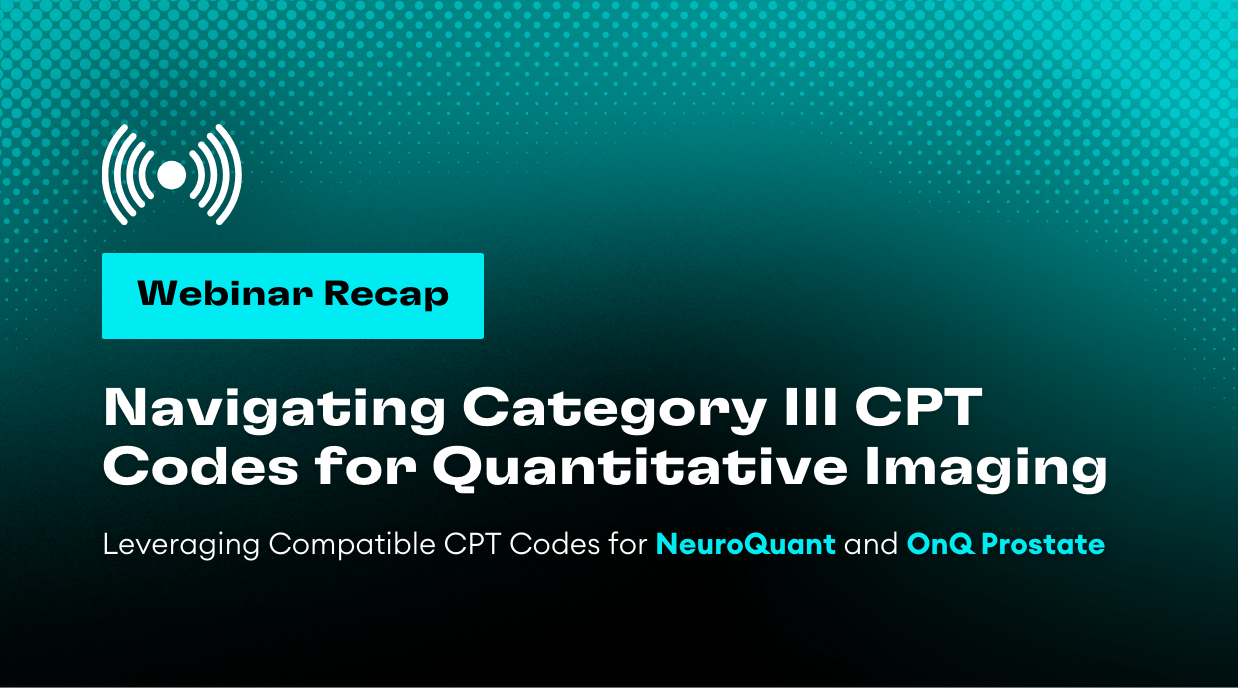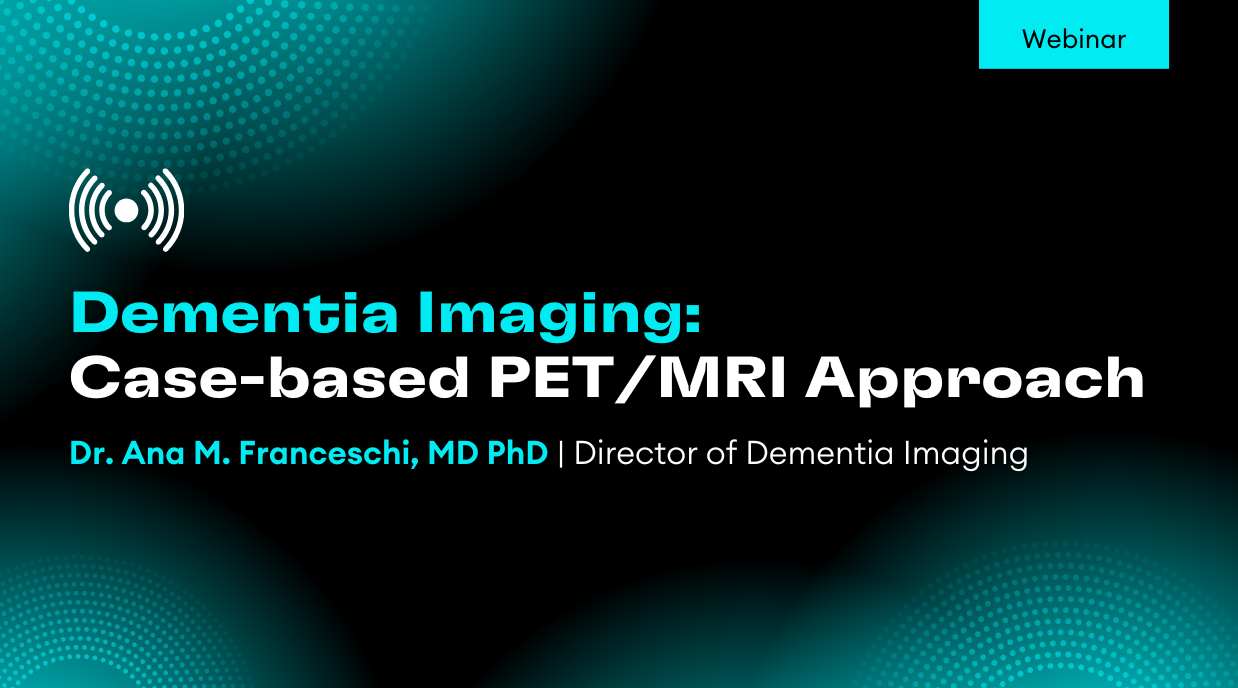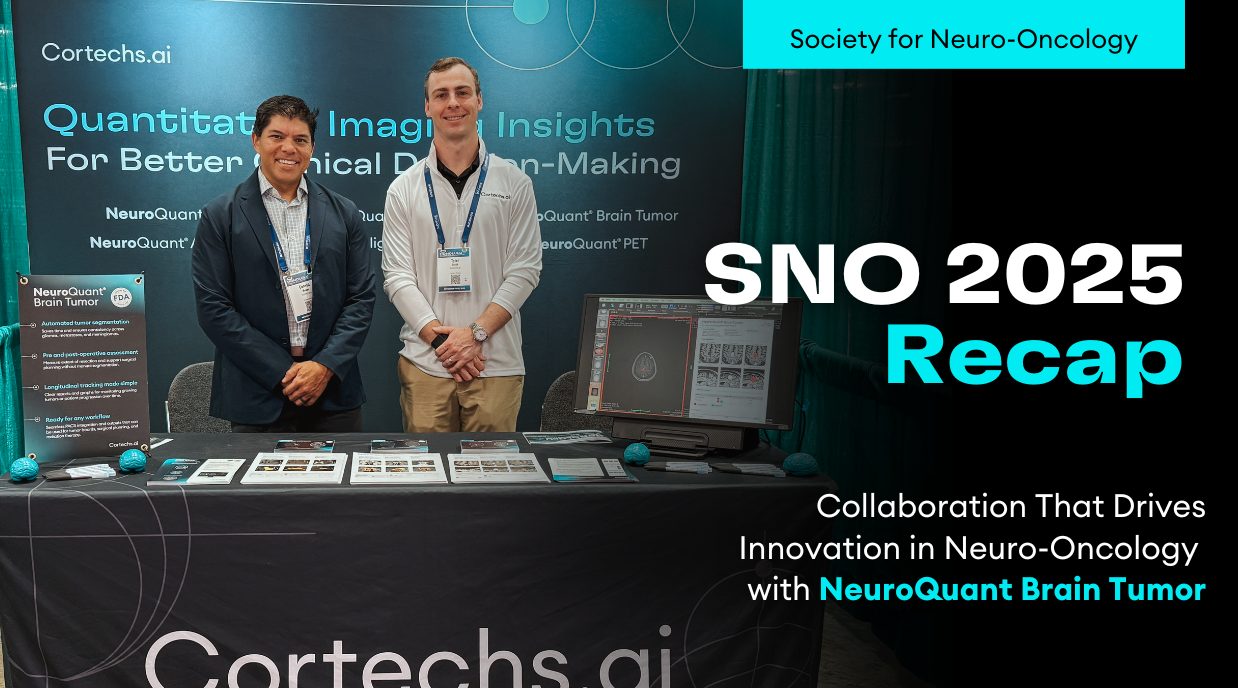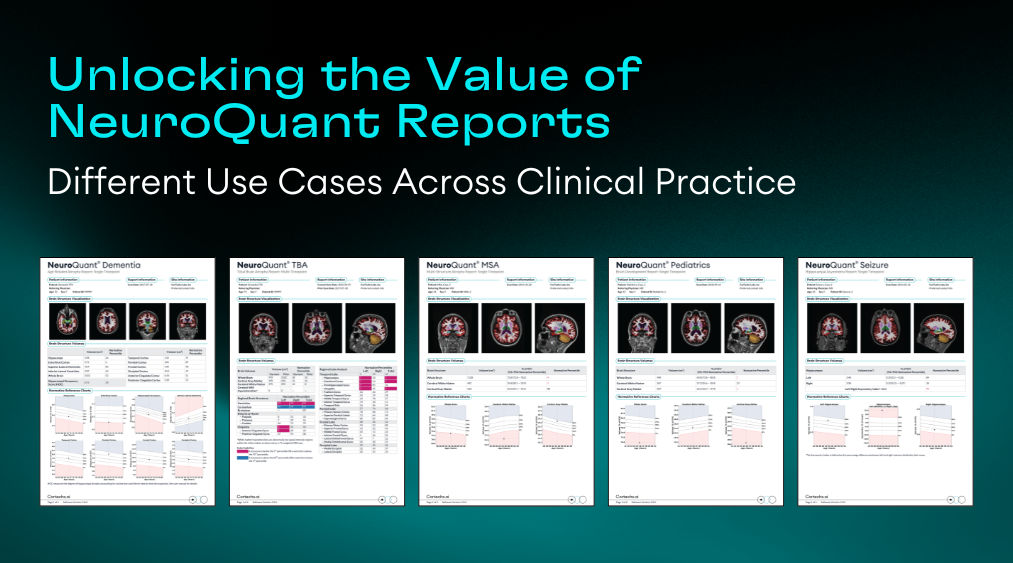Cortech’s Normative Database
Imagine you’re examining a brain MRI for a patient with memory loss. The MRI software’s AI has measured the volume of the patient’s hippocampus – but what does that number actually mean? Is the hippocampus small or normal for someone of that age? This is where a normative database comes into play.
In simple terms, a normative database is a large collection of brain measurements from healthy people, which serves as a baseline reference to compare against each new patient. By using such a database, AI-driven quantitative imaging tools can tell clinicians not just the raw volume of a brain structure, but how that volume ranks relative to a normal population of the same age and sex. In essence, it’s like having a “growth chart” or reference range for the brain – one that helps distinguish normal age-related changes from true abnormalities.
What Is a Normative Database (and Why Does It Matter)?
A normative database in neuroimaging is a compendium of brain scans from healthy individuals that captures the typical range of brain structure sizes across different ages and sexes. For example, NeuroQuant® (an AI-powered MRI volumetry software) builds its normative reference from thousands of healthy MRI scans, spanning ages 3 to 100 years, with a balanced mix of males and females.
These data are used to generate percentile charts – similar to pediatric growth charts – for each brain region. When a new patient’s MRI is analyzed, the software compares that patient’s brain structure volumes to these healthy norms. This allows NeuroQuant to report where the patient’s volume lies on an age- and sex-matched reference curve. Is the patient’s hippocampus about average (around the 50th percentile), or is it unusually small (say, 5th percentile) or large (95th percentile)? Having this context “anchors” the interpretation of MRI findings in a clinically meaningful way.
It’s not just a volume measurement – it’s a volume with context.
For clinicians, this context is incredibly useful. By adjusting for individual parameters like age, sex, and head size, and then comparing to a broad normal population, normative databases make quantitative MRI findings much more actionable. In fact, NeuroQuant uses these normative comparisons to provide clinically relevant information at a glance. Instead of wading through raw numbers, physicians see results in terms of percentiles or z-scores, instantly showing whether a brain structure is within normal limits or an outlier. This can greatly increase diagnostic confidence.
As one company whitepaper noted, the outcome is “more meaningful when a subject’s data is not only compared to another subject but is also compared to thousands of age- and gender-matched normal subjects”. In other words, the power of a normative database is in leveraging the wisdom of the many – the multitude of healthy brains in the dataset – to make sense of an individual patient’s brain.
How Normative Baselines Improve Brain Imaging for Neurological Disease
Normative databases are especially helpful in evaluating neurological diseases that affect brain anatomy. Many conditions – from Alzheimer’s disease to traumatic brain injury – cause the loss (or sometimes enlargement) of certain brain structures. AI-driven volumetric MRI can quantify these changes, and the normative data adds a critical layer of interpretation. By comparing a patient’s measurements to those of peers, clinicians can discern whether the observed brain changes exceed what’s expected for normal aging. In fact, incorporating age- and sex-matched normative data makes it easier to spot significant volume changes and track them over time, turning raw MRI data into a comprehensive overview of the patient’s brain health.
To illustrate, let’s look at a NeuroQuant report example. Below is an excerpt from a report where select brain structure volumes are listed alongside their normative percentiles for the patient’s demographic:
An example NeuroQuant report excerpt showing volumes of key brain structures and their normative percentile ranks. In this case, the patient’s hippocampal volume is 6.28 cm³, which falls at the 1st percentile for age and sex – meaning it’s extremely low compared to healthy peers. Meanwhile, other structures (not fully shown here) are in more typical ranges (within the 5th–95th percentiles). Such a report instantly highlights outliers: a hippocampus at the 1st percentile is a red flag for potential atrophy, warranting further evaluation.
By providing this kind of context, normative databases help clinicians quickly grasp the significance of MRI findings. You’re not left guessing if a volume is “bad” or “borderline” – the percentile tells the story. This is particularly valuable for neurodegenerative disorders like dementia, where subtle early atrophy must be distinguished from normal aging. Many other neurologic conditions also benefit from normative comparisons – for example:
- Dementia (Alzheimer’s Disease and Mild Cognitive Impairment): Patients with Alzheimer’s disease typically show much smaller hippocampal volumes than healthy age-matched individuals. On normative percentile charts, an average healthy older adult’s hippocampus might sit near the 50th percentile, whereas someone with early Alzheimer’s (MCI) could drop to ~5th percentile, and a full Alzheimer’s case might be around the 1st percentile. Seeing a patient’s hippocampus at the bottom 1% of normal is a clear signal of significant atrophy consistent with dementia. This objective evidence helps clinicians diagnose and monitor conditions like Alzheimer’s in a quantitative way, complementing cognitive exams and memory tests.
- Traumatic Brain Injury (TBI): Even mild TBIs can lead to measurable brain volume loss over time. Normative comparisons enable MRI-based TBI assessments to quantify how much volume a patient may have lost relative to normal expectations. For physicians evaluating TBI, NeuroQuant’s Triage Brain Atrophy report, for example, provides volumes of dozens of brain structures and indicates where each stands compared to a healthy population dataset. This gives an objective gauge of injury-related atrophy. If a young adult’s whole-brain volume comes back at the 10th percentile for their age, that represents significantly more atrophy than would be expected for someone of that age – potentially explaining cognitive symptoms and guiding rehabilitation. In short, normative data provide a crucial reference to identify and track TBI-related brain changes that might otherwise go unnoticed.
- Multiple Sclerosis (MS): MS is known not only for lesions on MRI, but also for gradual brain atrophy. A normative database highlights when an MS patient’s brain volume is smaller than it should be. In one example, an MS patient’s whole brain volume measured lower than normal for their age – a finding expected in MS that the normative reference clearly demonstrated. Over time, serial MRIs with normative comparisons can reveal whether a particular patient’s brain atrophy is progressing faster than typical aging, which can inform treatment choices. In essence, normative metrics provide another quantitative indicator of disease burden in MS alongside lesion counts.
Across all these scenarios, the common theme is that normative baselines turn quantitative MRI data into actionable insights. They enable an “apples-to-apples” comparison – your patient versus an appropriate healthy cohort – so that volume measurements are interpreted in the right context.
NeuroQuant 5.2: An Even More Powerful Normative Database
The accuracy of normative comparisons only gets better as the reference database grows. With our upcoming NeuroQuant 5.2 release, we’re excited to introduce an updated normative database built from over 7,000 healthy individuals. (For perspective, a recent research effort used a normative database of about 6,909 healthy controls to generate volumetric z-scorespmc.ncbi.nlm.nih.gov – so crossing the 7,000 mark sets a new benchmark in scale.) By expanding the normative dataset to this size, NeuroQuant 5.2 will provide even more reliable percentile estimates and better account for the full range of human brain variability. In practical terms, clinicians can have greater confidence that a “normative percentile” truly reflects a broad population – the larger the sample of healthy brains, the more robust the definition of “normal” becomes.
Crucially, this updated normative database still covers the entire lifespan (from childhood through old age), preserving NeuroQuant’s ability to analyze patients from age 3 up to 100. It also incorporates data from multiple sources and MRI scanners, ensuring that the “normal” reference is robust across different imaging settings and patient demographics. The end result for the clinician is a finely tuned baseline: whether you’re evaluating an 80-year-old with suspected Alzheimer’s or a 30-year-old recovering from a TBI, the software is comparing them to an extensive, well-curated reference group.
We believe this enhancement will make NeuroQuant’s automated reports even more impactful. Subtle changes in volume – for instance, a small drop in whole brain volume over a year – will be contextualized against a vast dataset of what’s typical, helping you distinguish meaningful atrophy from background noise. Stay tuned: we’ll be publishing a dedicated whitepaper next month that dives into the new normative database, including how it was built and validated, and what these improvements mean for clinical practice.
Bringing It All Together
In summary, a normative database is the “secret sauce” that transforms AI-based brain volumetry into a truly useful clinical tool. By comparing each patient’s MRI measurements to a large healthy reference cohort, NeuroQuant can translate raw brain volumes into intuitive percentile scores that clinicians can immediately interpret. This approach is particularly useful in conditions like dementia, where identifying abnormal brain atrophy early can lead to timely interventions, as well as in TBI and MS, where objective tracking of brain changes can guide management. With the upcoming NeuroQuant 5.2 release and its expanded 7,000+ subject normative database, these comparisons will be more powerful than ever – giving clinicians an even sharper quantitative lens on brain health. It’s an exciting step forward in our mission to empower better neurological care through AI-driven imaging, providing precision without losing the clinical context that matters for each and every patient.
To read more about the Cortechs.ai Normative Database, fill out the form at: https://www.cortechs.ai/whitepaper-normative-database/






